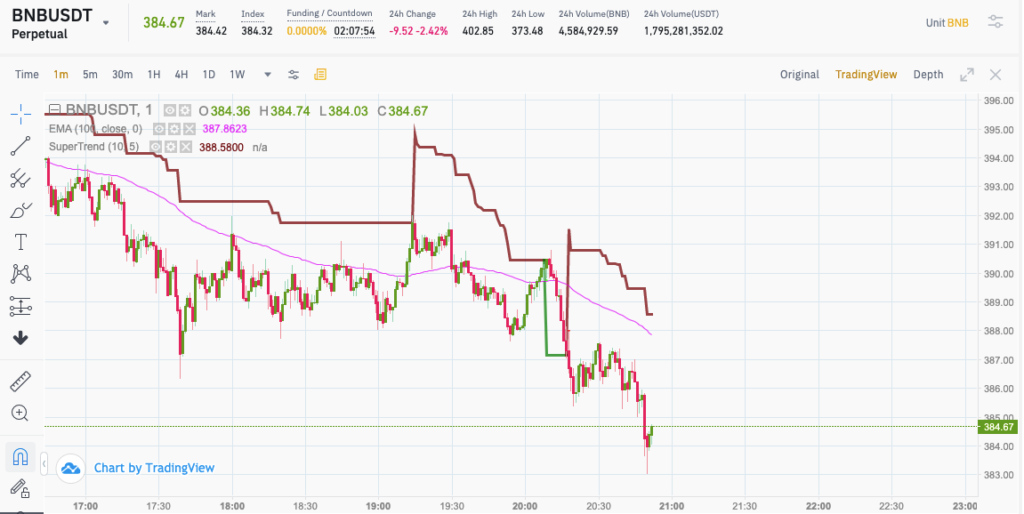
In the realm of investment strategies, one approach that has gained popularity among traders and investors is the mean reversion strategy. This strategy is based on the belief that prices and markets tend to fluctuate around a mean or average level, and deviations from this mean present opportunities for profitable trades. In this article, we will explore the concept of mean reversion, its underlying principles, the techniques involved, and its potential benefits and risks.
Understanding Mean Reversion: Mean reversion is a statistical concept rooted in the idea that extreme movements in prices or markets are temporary and tend to revert to their average or equilibrium levels over time. It assumes that prices oscillate around a mean value, and when they deviate significantly from this mean, they are likely to move back towards it.
Key Principles of Mean Reversion:
- The Law of Large Numbers: Mean reversion relies on the assumption that over a large sample of trades or observations, prices will tend to return to their average levels. This principle is based on the idea that market inefficiencies or temporary imbalances are eventually corrected.
- Standard Deviation and Bollinger Bands: Mean reversion strategies often employ technical indicators such as standard deviation and Bollinger Bands. These tools help identify periods of price deviation from the mean and determine potential entry and exit points for trades.
Implementing a Mean Reversion Strategy:
- Identifying Overextended or Oversold Securities: The first step in a mean reversion strategy is to identify securities that have moved significantly away from their average levels. This can be done by analyzing historical price data, studying technical indicators, or using quantitative models.
- Selecting Entry and Exit Points: Once overextended or oversold securities are identified, traders look for signals indicating a potential reversal towards the mean. This can involve indicators such as RSI (Relative Strength Index), Stochastic Oscillator, or moving averages to gauge momentum and timing.
- Risk Management: Risk management is crucial in any investment strategy, including mean reversion. Traders need to determine appropriate stop-loss levels, position sizing, and risk-reward ratios to protect against adverse market movements.
Benefits of Mean Reversion Strategy:
- Exploiting Market Inefficiencies: Mean reversion strategies aim to profit from temporary market imbalances or overreactions. By taking advantage of these inefficiencies, traders can potentially generate profits as prices revert to their mean levels.
- Potential for High Win Rates: Mean reversion strategies can be characterized by high win rates, as they often involve entering trades when prices are at extreme levels and expecting them to revert. This can result in a higher probability of successful trades.
Risks and Considerations:
- Trending Markets: Mean reversion strategies may face challenges in strongly trending markets, as prices can continue to deviate from their mean for extended periods. Traders need to be aware of market conditions and adjust their strategies accordingly.
- Risk of Overfitting: Like any trading strategy, mean reversion strategies can be susceptible to overfitting. Traders should avoid curve-fitting their models to historical data, as this can lead to poor performance when applied to future market conditions.
- Timing and Precision: Identifying the precise timing of mean reversion can be challenging. Markets can exhibit prolonged deviations from the mean, and entering trades too early or too late can result in losses. Traders need to exercise patience and employ proper risk management techniques.
Conclusion: The mean reversion strategy offers an approach to trading and investing that capitalizes on the tendency of prices to revert to their average levels. By identifying securities that have moved significantly away from their means and utilizing appropriate technical indicators, traders aim to profit from temporary market imbalances. However, it is important to consider the risks involved, adapt to market conditions, and employ effective risk management techniques to maximize the potential benefits of the strategy. As with any investment strategy, thorough research, testing, and continuous evaluation are key to success.






